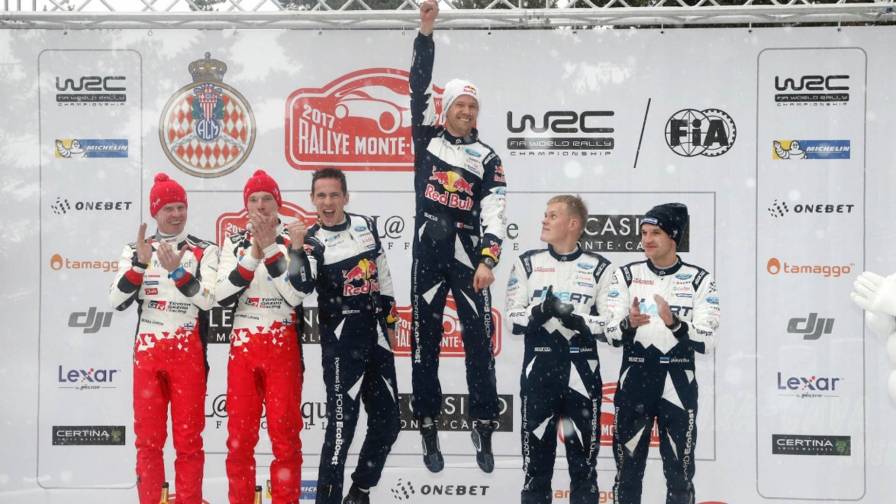How Will 2017 Be Remembered?

As we bring 2017 to a close, I decided to sit down and have a good think about the season that has just passed us by. In many ways, it was a classic season that will go down in the history books. I will certainly remember it for the rest of my life. But what exactly made 2017 so memorable. Here’s my thoughts on the good stuff… and the not so good stuff… that I will remember 2017 for years to come.
Red Bull TV Gets It Right:
After years of formulaic and bland TV presentation on WRC+, we finally got a bit of a shake up in 2017 with Red Bull TV. Yes, they did recycle a lot of the footage from WRC+, but they did it in a really clever way by book-ending it with interviews, features, and analysis. I’m going to put it out there and say that the chemistry between Mike Chen and Matthew Wilson made all the difference in these broadcasts. When these two guys were together, something really clicked. Their passion and knowledge for the sport coupled with their engaging personalities brought the breath of fresh air to WRC TV that we’ve been wanting for so long. As for the “special” guests, I’d have to say that they were a bit hit or miss. There were some who turned out to be duds, but we can absolutely credit Red Bull for a stroke of brilliance by inviting Mark Webber to the season opening round in Monte Carlo. Say what you want about Formula 1 and its many differences to rallying, but Mark showed his wealth of motorsports knowledge when the was in front of the camera. However, despite his knowledge and reputation, he also showed a genuine humility and interest in learning more about the sport of rallying. He didn’t insult the intelligence of hardcore rally fans, but as a household name, he made the sport approachable to those who were tuning in for the very first time. He was the perfect guest presenter to get the new Red Bull TV broadcasts off the ground, and his involvement set a positive tone for the rest of the season.

A Return to Group B… For Good and Bad:
There were a lot of question marks going into the 2017 season. With the new regulations bringing a brand new crop of cars to the WRC, no one really knew what to expect. We were promised by the organizers that the 2017 cars would be a louder, faster, more aggressive, and more spectacular than the previous generation of world rally cars. They were billed as “a return to Group B”, and while this catch phrase stirred up a lot of excitement, it also brought a fair amount of apprehension as well. How would these new cars handle? What would happen if their increased reliance on aerodynamic effects went wrong? We all wanted to see spectacular cars on the stages, but we also had fears about what might happen. I don’t want to dwell on it because plenty of amazing things happened in 2017, but I need to be honest and say that the fateful events on SS1 at Rallye Monte Carlo have remained in the back of my mind for the entire season. I know that this particular incident had nothing to do with the new design of the cars. Even on a national rally with R5 cars, that accident would most likely have had the same outcome. However, it’s timing on the very first stage of the new season left me with a poignant reminder for the rest of the season of how careful we all need to be at a rally… for our own safety, that of the drivers, and the sport as a whole. From that point on this season, every time I heard the 2017 cars compared to Group B, I would think back to that dark, cold night in Monte Carlo and shudder just a little bit. It’s not a pleasant thought, but it will forever be burned into my memory of 2017, so I had to address it.
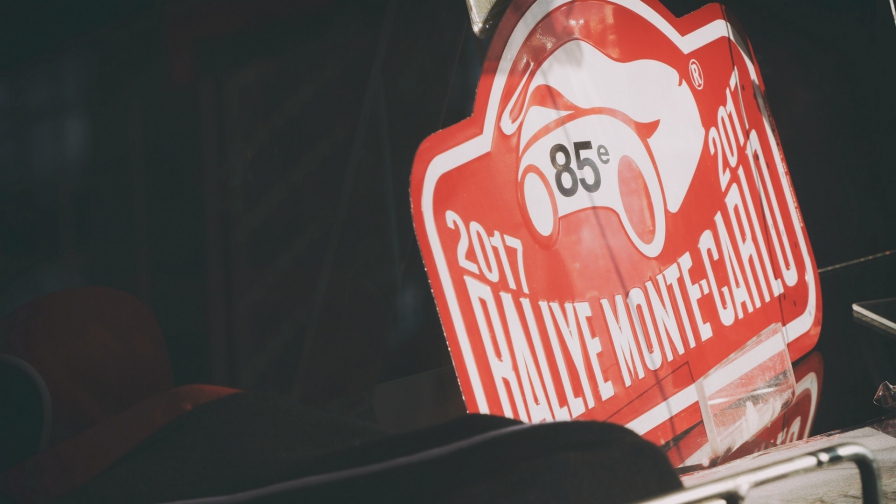
ARA Survive Their First Season:
I am after all, an American. Even though we might not be known for our rallying heritage over here, I couldn’t let 2017 pass by without a nod to the American Rally Association and what they accomplished this year. For those who don’t know, the ARA announced their intentions of splitting from the largest rally sanctioning body in the USA, Rally America. That in and of itself was a ballsy move, but how they planned to make it work was even more so. The ARA decided to take the non-profit route in order to advance the sport of rallying in America. All the money they made beyond their operating costs was going to be reinvested back into the sport. After years of stagnation with Rally America, this was the shot in the arm that rallying in the USA needed. The ARA ended up capturing the attention of the US rallying community including Vermont SportsCar, the team behind Subaru Rally Team USA. In the end, it wasn’t always smooth, but the ARA pulled off a fairly successful season. They pioneered some interesting social media and live coverage concepts, and have built a foundation to build from in 2018. In addition, they enjoyed the benefit of the closest-fought championship in more than a decade. The jury’s still out on the ARA, but I’d have to say that if they can continue to accomplish what they did in their first season, the future looks pretty bright for rallying in the US.
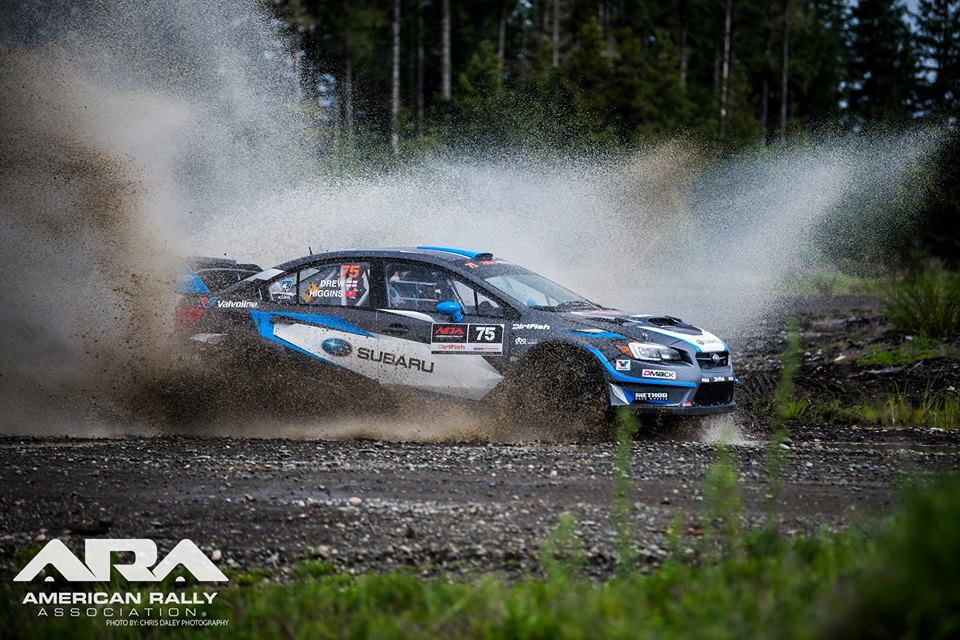
A Changing of the Guard Coming?
We witnessed something pretty special in 2017 that I had not seen since I started following the WRC. That was three drivers winning their first ever WRC event in one season. For Elfyn Evans and Ott Tanak, it kind of felt like they were due for a victory. Both had scored podiums in past seasons. Both had shown incredible pace at one time or another. It’s just that up until 2017, neither had found that perfect balance of mitigating errors, maximizing good luck, finding outright pace and driving with the consistency that it takes to win rallies. This year, those pieces fell into place at last. What made their stories even more special was the path that they had both had traveled to get there. At one point or another, both Elfyn and Ott had been demoted from the M-Sport team. However, instead of falling off the radar, both worked their way back to the WRC team (Tanak did it twice) and proved the faith that Malcolm Wilson placed in them. If anything, it’s the incredible resiliency both these guys have showed that has me convinced that they will remain at the pinnacle of the sport for years to come.
And then there’s Esapekka Lappi. I’ve got to be honest, he’s a bit of an enigma. We know he can be incredibly fast. We knew that even before he took a shock victory in Finland this year. However, no one expected him to pull out a rally win in only his 4th rally in a WRC car. It may sound absolutely crazy, but I’ve got to wonder… did he win too soon? On one hand, that’s absolute rubbish… right? A win is a win and the sooner a driver can start winning, the better. However, I’m wondering if he has now put unrealistic expectations on himself for the upcoming season by scoring this win so early. He’s still very much in the infancy of his WRC career, and I fear that people are going to forget that because of his incredible victory in Finland.
There’s no disputing that Ogier is still king. Whenever he steps down, Andreas Mikkelsen and Theirry Neuville will be the next in line. However, 2017 showed us glimpses of the future like shoots coming up from the ground in early spring. It may take some time to come to fruition, but there is a young crop of WRC talent that will be gunning for the old guard soon enough.
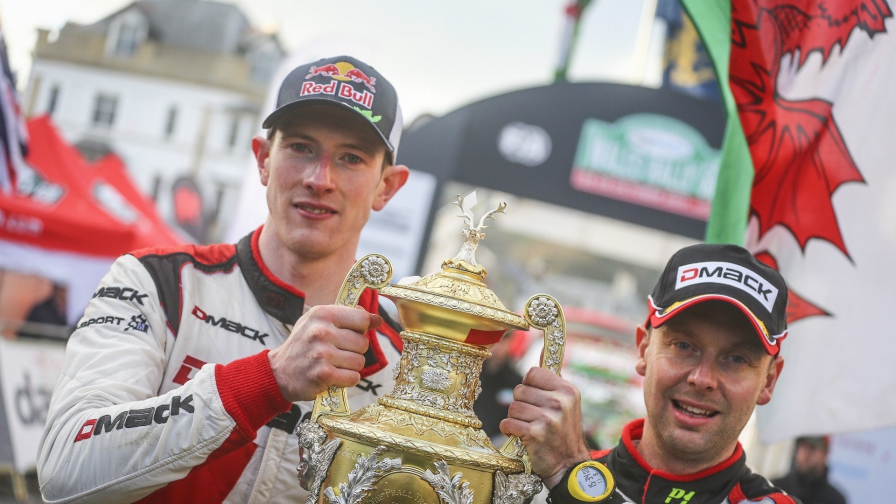
A Step Forward for British Rallying:
Yes, 2017 was an amazing year for the WRC, but I want to call attention to a few regional stories that might have been lost amid all of the WRC hype. This was a very important year for mainland British rallying. Think back to a few months ago, and there were some stories casting a shadow of doubt over the future of rallying in Great Britain. First, there was the big spat between Natural Resources Wales (NRW) and the Motorsports Association (MSA) about the use of logging roads for classic Welsh stages such as Hafren, Myherin, and Dyfi. NRW claimed that rallying was causing too much damage to the roads and threatened to hike up the fees for rallies in order to fund the necessary repairs. This threatened not only the WRC Wales Rally GB, but also various other national and regional championships that used those stages throughout the season. A year ago, you probably never heard of Jamie Edwards, and you still may not know who he is now. The fact is, however, that he was the hero behind this story. When things were looking bleak in the negotiations between NRW and the MSA, he founded “Rally4Wales” and put forth a proposal that this organization would oversee “self-repair” of the roads after rallies came through. NRW agreed to the terms, and in October, an agreement was signed.
That wasn’t the only positive story coming out of Great Britain this year. Another issue that was hanging over the future of British rallying was the pending investigation into the fatal accidents that occurred during the 2013 Snowman Rally and the 2014 Jim Clark Rally. Many including myself feared that the outcome of this inquiry could spell the end of British rallying as we knew it. As it turned out, the report which was released in November showed a very sensible approach by the sheriff who was conducting the investigation. Yes, there were mistakes made that weekend that need to be addressed, but instead of making a knee-jerk reaction, the sheriff instead made many sensible recommendations for rallies to follow moving forward. In many cases, the MSA had already begun implementing these measures even before the report came out. For British rallying, I think that this was the best possible outcome, and it gives a great deal of hope for the sport moving forward. If you’re more interested in this topic, I’d recommend heading over to Motorsports News and checking out a couple of pieces. First, Robert Reid did a great job in this column discussing the issues at play, and Jack Benyon wrote up a good synopsis of the findings in the accident inquiry.
The last story coming from Great Britain places a nice bookend on the above story. This spring, a new law was passed in the UK that made closed road rallying possible in the future. Until this law was passed, in order for a rally to be run on closed public roads, the organizers needed to obtain an Act of Parliament. This was prohibitively time consuming and expensive for local motor clubs to pursue, so British rallies were mainly limited to private areas such as forestry roads or military ranges. This new law grants local authorities the ability to close roads for a short period of time without going through Parliament in order to allow a motorsport event to take place. While it still may take some time to see this come to fruition, this law is a big victory for British rallying and sets the stage for future growth. I know that all three of these stories are fairly political, and they may seem pretty boring to some of you. However, all three are significant for the future health of rallying moving forward in the UK.
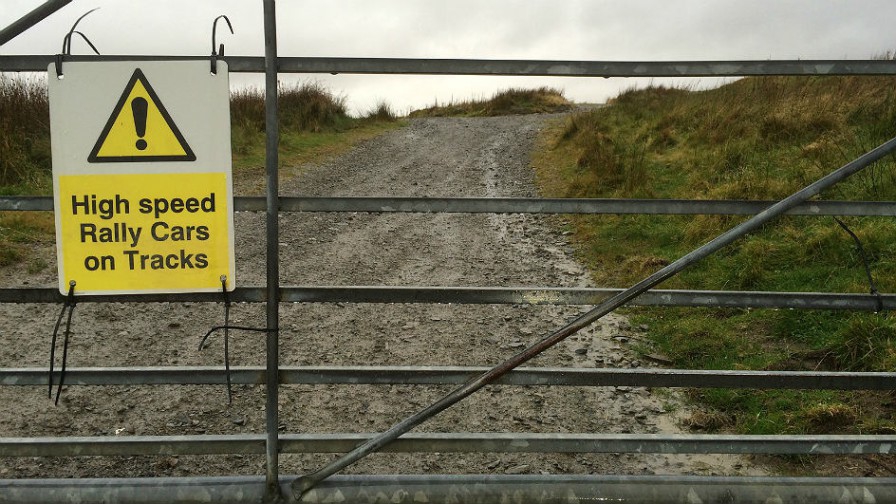
Ogier Proves He Is The Best:
I’m going to put my hand up and admit that for awhile, I’ve been an “Ogier Hater”. Not that I actually hate him, but you know exactly what I mean. I really wondered how good he would be outside the cocoon of his dominant VW Polo. With all the whinging about road position and sweeping loose gravel over the past few years, I definitely had some doubts about how good Ogier really was. Perhaps I was comparing him to Loeb who quietly went about his business, and in retrospect, that’s a bit unfair. That being said, I was really curious about how Seb would handle his first WRC season away from VW. You might remember that I predicted that he would be good… but not good enough to win it all for M-Sport. How wrong I was (about that and a few other things)! Ogier proved that he is absolutely the best rally driver currently competing in the world today. He didn’t always have the best car, but when he did, he took full advantage, and when he didn’t, he made the best of what he had. That’s what set him apart from everyone else this season, and that is what proves to me he really is the best. In retrospect, I’m so glad that VW pulled out because it gave Seb the chance to prove himself to all the doubters out there like me. Well done Seb.
